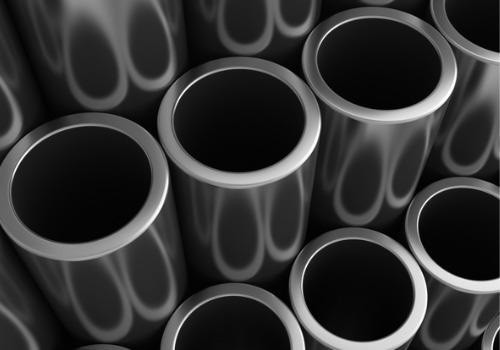In pipeline construction, the elbow is a commonly used pipe fitting. Because the construction environment is different, the use environment that the pipeline component will face is different, so the types of elbows are also various. There are strict requirements in the processing of elbows. If the processing environment is affected, there will be certain defects after the final elbows are formed, which will affect the quality of the project.
How Much do you Know about Pipe Bending?
With the rapid development of the regulated industry, the pipe bending process is widely used in electric power, petroleum, marine, chemical, and other fields, mainly for oil transportation, natural gas transportation, and infusion. It plays an important role in aircraft and its engines, so the standards and procedures for pipe bending are important.
In the process of pipe bending, it is necessary to use some very advanced technical means to analyze the pipe material. Of course, in addition to this, the production management system must also be strict, so that excellent pipe bends can be produced. When processing elbows, once the temperature control fails to meet the requirements, the product itself will be damaged and micro-cracks will occur. Therefore, the production management system must effectively control the temperature to avoid the occurrence of unreasonable temperatures.
The generation of micro-cracks has a great impact on the elbow. Once the micro-cracks cannot be controlled during production, they may cause damage to the elbow body. The reason for cracks is often because the heat treatment of the product is not reasonable during production, so the produced elbow will have micro-cracks. Therefore, in the production process, the heat treatment must be strictly controlled to avoid stress cracks.
What is the Bending Process?
Press bending is a process method for pipe bending. It uses a mold to bend the pipe blank on a hydraulic press. The bending has the advantages of simple mold adjustment and high production power, so it has been used in production, generally used for bending straight sections or bending heads pipe fittings.
Read more: What is the Bending Process?





